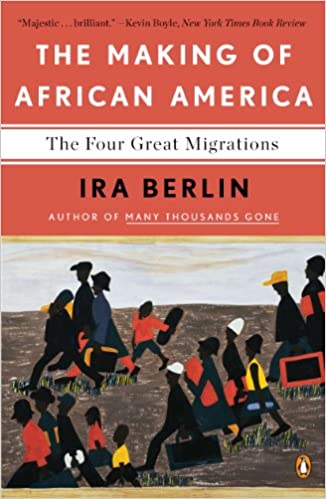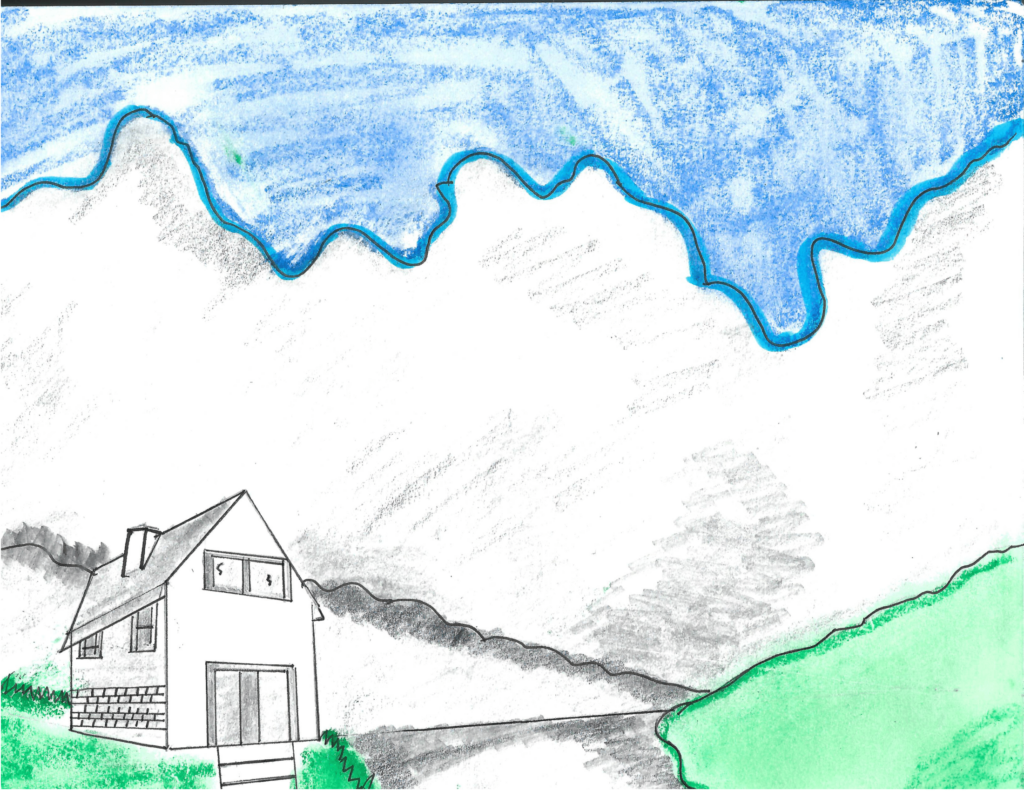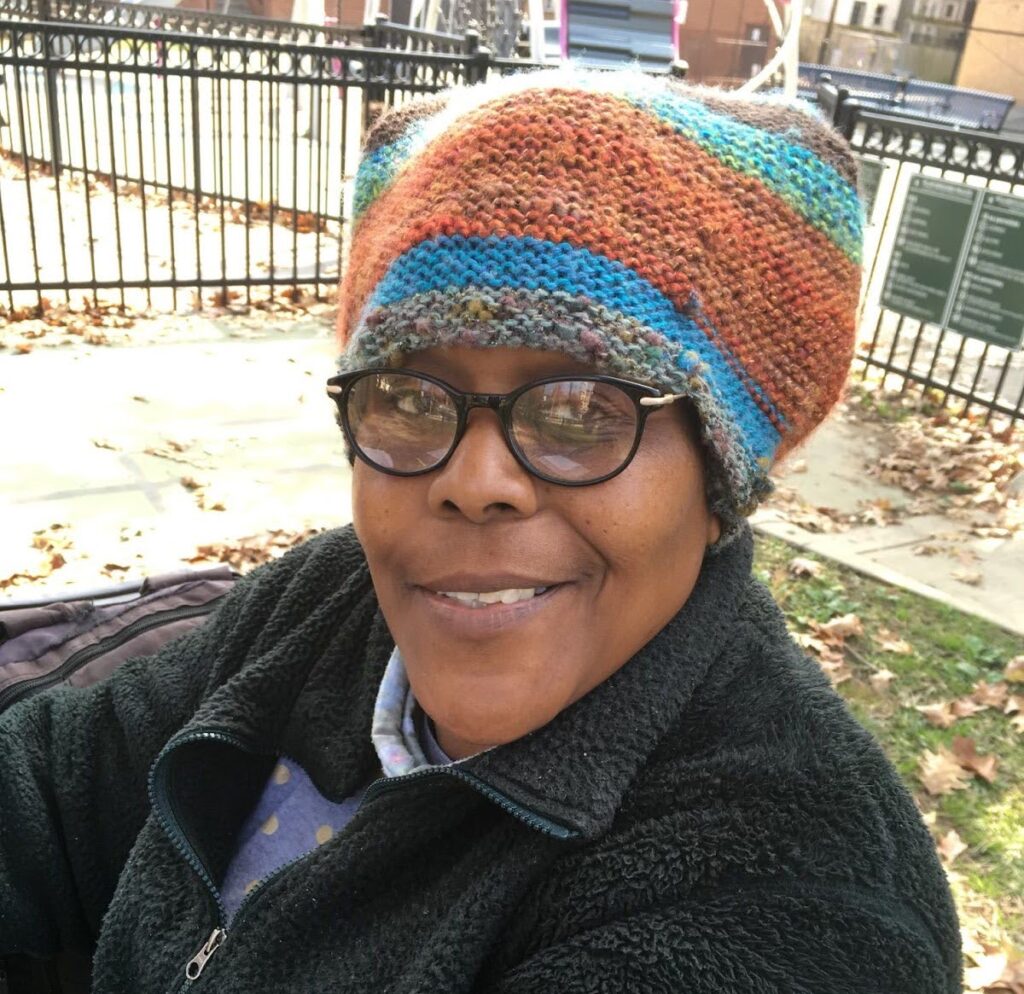Ira Berlin, historian and Distinguished University Professor at the University of Maryland, has taken a fresh look at African America. In his book “The Making of African America: The Four Great Migrations,” published in March, Berlin provides powerful and sweeping treatments of the four “great migrations” of Africans to and within the United States.
According to Berlin, the first great migration occurred when millions of Africans were brought to the American eastern seaboard to grow tobacco and rice; the second involved the transport of millions to the southern interior to grow cotton and sugar; the third was the migration north to the factories of Chicago, Detroit and other cities; and the fourth is the ongoing immigration to the United States from Africa, South America, the Caribbean and elsewhere. All of the migrations, explains Berlin, were spurred by the need for workers, enslaved or not.
In “The Making of African America,” Berlin recounts these movements and their profound effects, both negative and positive, and explains how the movements shaped Africans and America. He writes, “Whether the transit was from Africa to America, Virginia to Alabama, Biloxi to Chicago, or Lagos to the Bronx, the upheavals that accompanied the physical uprooting would touch the lives of generation after generation of black people. For perhaps the vast majority, it was the single most important event in their lives, a moment that would mark them and their descendents forever.”
The forced passage from Africa to America split families, both at embarkation points and slave markets. No longer could sons follow their fathers or daughters their mothers, an important source of cohesion in African society. So new families had to be formed, and they were: on the plantations, male slaves cared for female slaves, they paired, and had children. The families that emerged remained together as families sometimes for only a few years until members were sold to other slavers. Other families were able to remain together despite the forced migrations.
Berlin says, “the struggle for place was an ongoing part of the African American experience.” And the migrants found this place where they lived and in the community they brought wherever they settled.
As an insatiable world demand for cotton and sugar developed, there was another forced passage, this one from the eastern seaboard to the Black Belt of the lower South, to the deep fertile soils of Alabama and Mississippi. Emancipation freed slaves from their masters, but where could they go? The old masters still owned their plantations but had no one to farm them. And the former slaves, sometimes alone, sometimes in families, possessed their freedom but no land. So a new form of slavery grew: sharecropping and tenant farming.
The third movement began with World War I, this time to the north, as blacks were lured by high-paying factory jobs. This migration waned during the Great Depression but picked up again with the advent of World War II.
The fourth great migration came from overseas, spurred by the Immigration and Nationality Act of 1965 that gave foreign countries quotas of 20,000 immigrants, not including family members of legal immigrants already in the country. A massive influx of people followed, as countries rejected colonial rule and became independent states.
Berlin paints a tumultuous picture of these four great migrations, with families torn apart and new families formed. However, he illustrates how a center remained. Wherever they went, either forced or voluntarily, Africans in America kept their churches, their music, and, despite their continual uprooting, their sense of place. They congregated around their churches, Masonic halls, barber shops and even street corners. Berlin argues that African Americans developed this sense of place because of their migrations. “As a people often forced to be on the move, black men and women developed a firm attachment to place. They became, in succession, archetypical agriculturists, with a deep knowledge, appreciation, and love of the land, and then the quintessential urbanites, with a streetwise understanding of city life.”
Berlin concludes that the Civil Rights Act, which legislated African Americans’ right to vote, changed everything-it meant that when immigrants came, they were no longer second-class citizens and could marry outside of their race. The Immigration Act also had a profound impact. “The large-scale mixing of diverse peoples of African descent, some newly arrived and some deeply rooted in this country, once again began to remake the way African Americans saw themselves collectively. The old story of movement and rootedness was about to play itself out yet once again,” Berlin writes. America became a home for African Americans, and not just a place where they had been forced to move, which set the stage for the civil rights movement and for the movement for equality in pay and social status.








